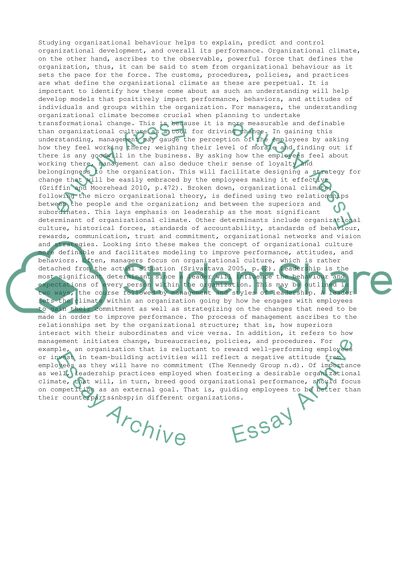Cite this document
(Managing People and Organizations Term Paper Example | Topics and Well Written Essays - 1750 words - 1, n.d.)
Managing People and Organizations Term Paper Example | Topics and Well Written Essays - 1750 words - 1. Retrieved from https://studentshare.org/management/1479613-organisational-behaviour
Managing People and Organizations Term Paper Example | Topics and Well Written Essays - 1750 words - 1. Retrieved from https://studentshare.org/management/1479613-organisational-behaviour
(Managing People and Organizations Term Paper Example | Topics and Well Written Essays - 1750 Words - 1)
Managing People and Organizations Term Paper Example | Topics and Well Written Essays - 1750 Words - 1. https://studentshare.org/management/1479613-organisational-behaviour.
Managing People and Organizations Term Paper Example | Topics and Well Written Essays - 1750 Words - 1. https://studentshare.org/management/1479613-organisational-behaviour.
“Managing People and Organizations Term Paper Example | Topics and Well Written Essays - 1750 Words - 1”, n.d. https://studentshare.org/management/1479613-organisational-behaviour.


